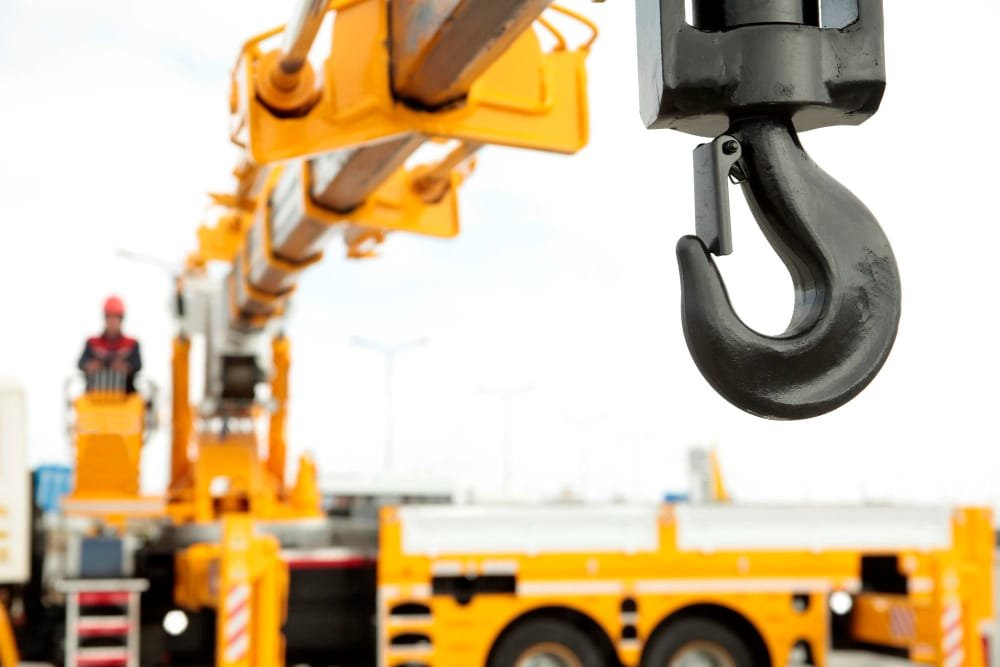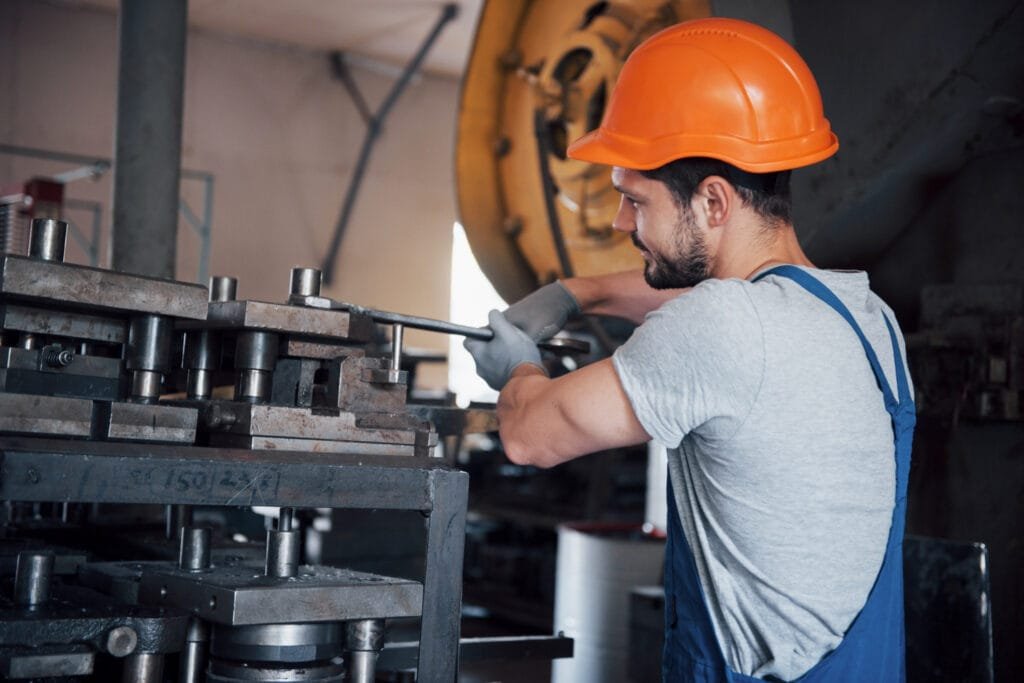The successful installation of machinery is a critical step in many industries, from manufacturing to construction. To ensure that machinery operates efficiently and safely, it’s essential to lay a strong foundation and prepare the site appropriately. In this blog, we will explore the key steps and considerations for preparing the foundation and site for machinery installation.
Site Assessment
Before starting any installation project, a thorough site assessment is crucial. This assessment should include an evaluation of the soil conditions, site accessibility, environmental factors, and compliance with local regulations. Understanding the site’s unique characteristics will help you plan for the appropriate foundation and installation process.
Soil Testing
Soil plays a fundamental role in providing support and stability for machinery. Soil testing is necessary to determine the soil’s bearing capacity, which indicates how much load it can safely support. Depending on the results, you may need to consider soil improvement techniques such as compaction, reinforcement, or even selecting a different location for the machinery.
Foundation Design
Based on the soil test results and the machinery’s weight and size, a foundation design should be created. Common types of foundations include:
- Concrete Slab: Ideal for lighter machinery and where the floor needs to be level.
- Piles or Piers: Suitable for areas with poor soil conditions, spreading the load over a larger area.
- Trench Footings: Used for heavy machinery to distribute weight evenly.
- Mat Foundations: Ideal for large and heavy machinery, distributing loads over a wide area.
The foundation design should comply with engineering standards and local building codes.
Clearing and Grading
Prepare the site by clearing it of any obstacles, debris, or vegetation. Proper grading ensures that the site is level and provides adequate drainage to prevent water accumulation around the machinery. Grading also helps in achieving a stable foundation.
Utility Connections
Ensure that all necessary utility connections, such as electricity, water, and gas, are in place before machinery installation begins. Coordinate with utility providers and follow safety guidelines to avoid any delays or safety issues.
Safety Measures
Safety should always be a top priority. Establish safety protocols, including restricted access to the installation area, appropriate signage, and safety equipment for workers. Conduct safety training for personnel involved in the installation process.
Machinery Anchoring
Once the foundation is ready, anchor the machinery securely to it. Proper anchoring ensures that the machinery remains stable during operation and minimizes the risk of accidents.
Testing and Commissioning
After installation, perform thorough testing and commissioning to ensure that the machinery operates as intended. This includes checking all connections, calibrating instruments, and verifying that safety features are functional.
Documentation and Maintenance
Keep detailed records of the installation process, including design plans, soil test results, and equipment manuals. This documentation is valuable for future reference and maintenance purposes.
Conclusion
Preparing the foundation and site for machinery installation is a critical phase that significantly impacts the performance and safety of the equipment. By conducting a comprehensive site assessment, following proper engineering standards, and emphasizing safety, you can ensure a successful machinery installation that serves your business reliably for years to come.







